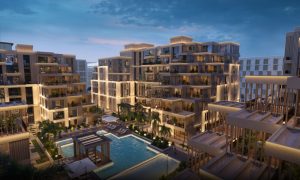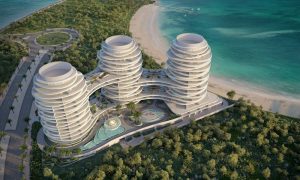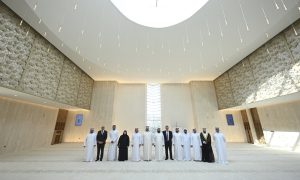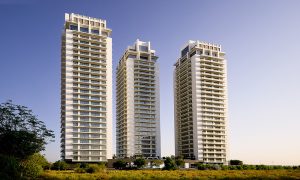Saudi Arabia Real Estate: 2017 in Review and Forecasts
Knight Frank says government intiatives will boost the Saudi Market in the long-term
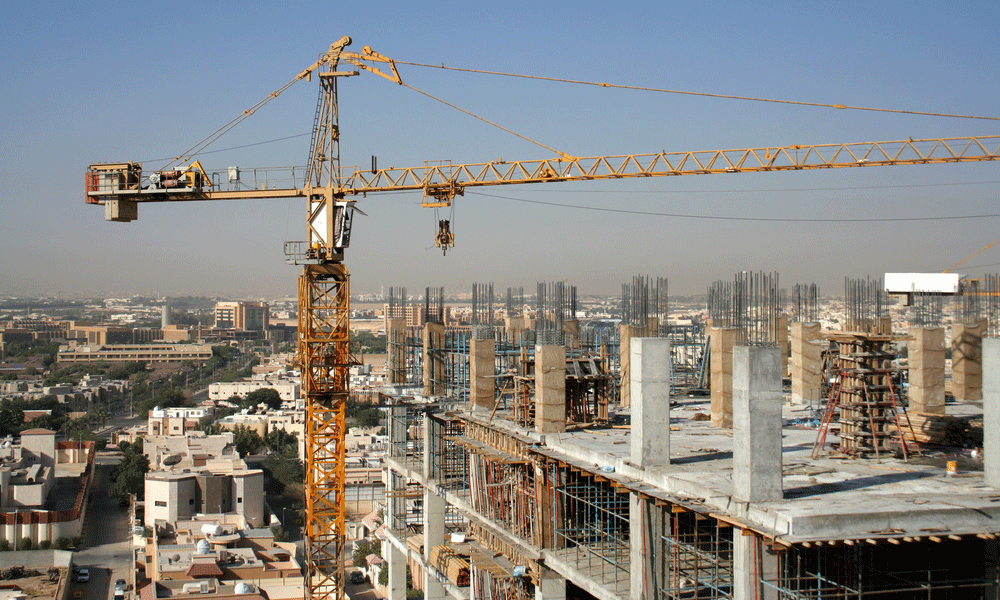
Saudi Arabia Real Estate: 2017 in Review and Forecasts
Looking at the real estate market performance in 2017, the general trend for Saudi Arabia was that most sectors remained subdued on the back of a weak economic environment, with negative sentiment impacting activity levels and sale prices. Occupancy levels have been adversely impacted across most asset classes, leading to a gradual softening of rents. While we see this current situation prevailing in the short term, we remain optimistic due to various government initiatives aiming to stimulate the real estate sector while encouraging the private sector to take a key role in this process. From a broader perspective, recently introduced strategic reforms aimed at creating a favourable environment for investment and strengthening the non-oil sector have placed a focus on real estate, which is forecast to double its contribution to economic output by 2020.
Macroeconomic Conditions
Despite maintaining healthy GDP growth levels in 2015 (4.1% per the IMF), the impact of the challenging macroeconomic backdrop, triggered by lower oil prices, started to trickle into 2016 with the Saudi Arabia GDP growth rate moderating to 1.7% and expected to further decelerate to 0.1% in 2017, according to IMF estimates.
As structural reforms are implemented and Saudi Arabia starts capitalising on its ongoing diversification away from crude oil revenues as defined by the Saudi Vision 2030 and the National Transformation Plan (NTP), GDP growth is expected to stabilise with an estimate of +1.1% in 2018 increasing to 1.6% in 2019 ,as forecast by the IMF.
Non-oil sectors are expected to provide support to the overall economy, with non-oil GDP growth expected to ramp up to 3% in the medium term, ahead of overall GDP growth. Downside risks to future economic recovery mainly come from uncertainties about oil prices, regional tensions which remain high and the extent to which reforms will impact the economy.
Residential Market
The residential market across the main cities and provinces of Saudi Arabia (Riyadh, Jeddah and the Eastern Province) entered a phase of softening performance in 2016 as volume of transactions and sales prices came under pressure following a period of relative resilience. This continued in 2017.
This lacklustre performance can be mainly attributed to tightening market liquidity triggered by the fall in oil prices. This is further exacerbated by a combination of more inherent factors, namely the lack of affordability and limited access to finance, a supply shortage in the mid- to low end of the market, and the lack of suitability of the existing stock of residential units.
While we see current dynamics prevailing in the short term, we remain generally optimistic due to current government initiatives aimed at addressing key challenges which are restraining the growth of the residential sector in Saudi Arabia, including high land prices, supply shortages and affordability. Regulatory efforts such as the white land tax, the large housing schemes and the mortgage law display clear intent from the government to engage with the issues facing the residential market in the kingdom. While these efforts are only slowly filtering through, we see these initiatives as a step in the right direction for a more active real estate market over coming years.
Commercial Market
Economic uncertainties continued to weigh on occupier expansion plans in 2017, particularly in Riyadh, where government entities remain a key occupier of office space. We expect weaker demand for office space in 2018 to continue exerting pressures on office rents. Vacancy rates should however maintain relative stability, as the supply pipeline is set to remain constrained in the short to medium term.
In fact, the Saudi Arabian market has been characterised by a lack of grade A space, with many occupiers owning their premises. As a result, occupancy in prime schemes is high. The prime office market in Riyadh has been dominated by a lack of supply in recent years, with key assets such as Kingdom Tower and Faisaliah Tower registering close to 100% occupancy. In Jeddah, the supply-side dynamics for prime commercial office space are equally constrained.
Key to the development of the commercial office market are landmark mixed-use projects such as King Abdullah Financial District (KAFD) and the Jeddah Waterfront, which when complete will dramatically change the dynamics of the market by offering a best-in-class mixed-use product. However, due to current economic conditions, we remain wary of the prompt delivery of major projects, with further delays in completions expected.
Hospitality Market
The hospitality markets in Jeddah and Riyadh faced headwinds throughout 2017, largely attributable to wider economic conditions and recent additions to supply. In terms of performance, citywide RevPAR (revenue per available room) levels have been under pressure.
In both cities, the supply composition remains heavily imbalanced in favour of five-star supply, accounting for over 50% of Jeddah and Riyadh’s key count. As such, from a supply perspective, opportunities lie in the development of quality mid-scale hotels rather than luxury or upscale properties.
More leisure-related initiatives indicate that steps are being taken to present the kingdom as a more leisure-friendly destination. By diversifying the demand profile of potential guests to the kingdom, sustained demand growth can be stimulated in the medium term, which will in turn create additional employment for the domestic market. Despite softening performance, opportunities for hospitality development remain in both locations, underpinned by the government’s long-term ambitions for the sector.




